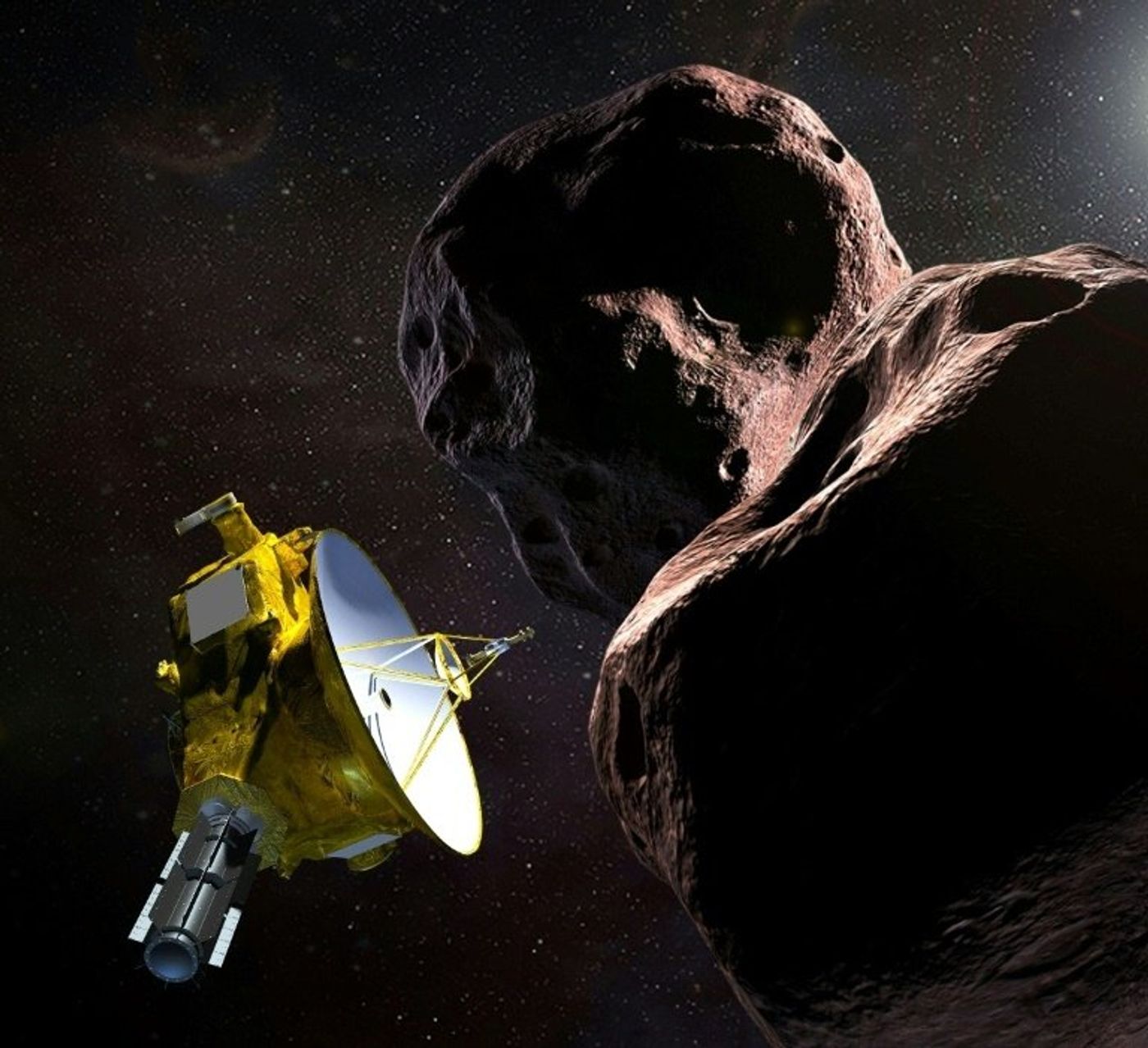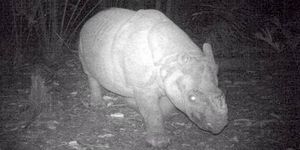New Horizons Completes Historic Fly-By of KBO Ultima Thule
While most people were watching the ball drop and observing local firework shows for the start of the New Year, NASA had other plans. At 12:33 A.M. Eastern time, the space agency’s New Horizons probe performed a historical fly-by of Kuiper Belt Object (KBO) Ultima Thule, previously known to astronmers as 2014 MU69.
Image Credit: NASA
It’s the second time the tried-and-true spacecraft has performed a rendezvous maneuver with a distant object, with the first being Pluto in 2015. But this time, its target was more than 4.1 billion miles away from Earth and much smaller than Pluto at just 12-20 miles long. The event set a record, recognizing Ultima Thule as the farthest object ever visited by a spacecraft.
Related: New Horizons wakes up from low power state to begin Ultima Thule observations
Because Ultima Thule is so far away, NASA doesn’t expect to receive scientific data from New Horizons for quite some time. NASA should receive initial signals denoting the spacecraft’s health following the maneuver sometime New Year’s Day, but it will take much longer to download all the high-definition photos captured with New Horizons’ onboard camera system – several months in fact.
But while it may take months to get the entire treasure trove, we expect we’ll receive at least one of the photographs much sooner, and it should be captivating given how New Horizons’ trajectory with Ultima Thule allowed it to get much closer than it did to Pluto. Citing NASA, the spacecraft swept within 2,200 miles of the KBO’s surface while moving more than 32,000 miles per hour.
As you might come to expect, this means the photos should provide unprecedented detail of a KBO’s surface features for the first time. Comparatively, Ultima Thule appeared as a speck via the Hubble Space Telescope, and astronomers are foaming at the mouth to see what the distant world looks like because it could teach us more about the formation of the solar system.
"The object is in such a deep freeze that it is perfectly preserved from its original formation," explained Alan Stern, the lead scientist of the New Horizons team. "Everything we are going to learn about Ultima—from its composition to its geology to how it was originally assembled, whether it has satellites and an atmosphere and those kinds of things—are going to teach us about the original formation conditions of objects in the solar system."
Related: Near twin of New Horizons' Ralph instrument set to observe Jupiter's Trojan asteroids
For now, all we can do is await official word from NASA about New Horizons’ status and cross our fingers for some spectacular photographs. Regardless of the outcome, it was a significant milestone for NASA and the rest of humanity.
Source: Phys.org









